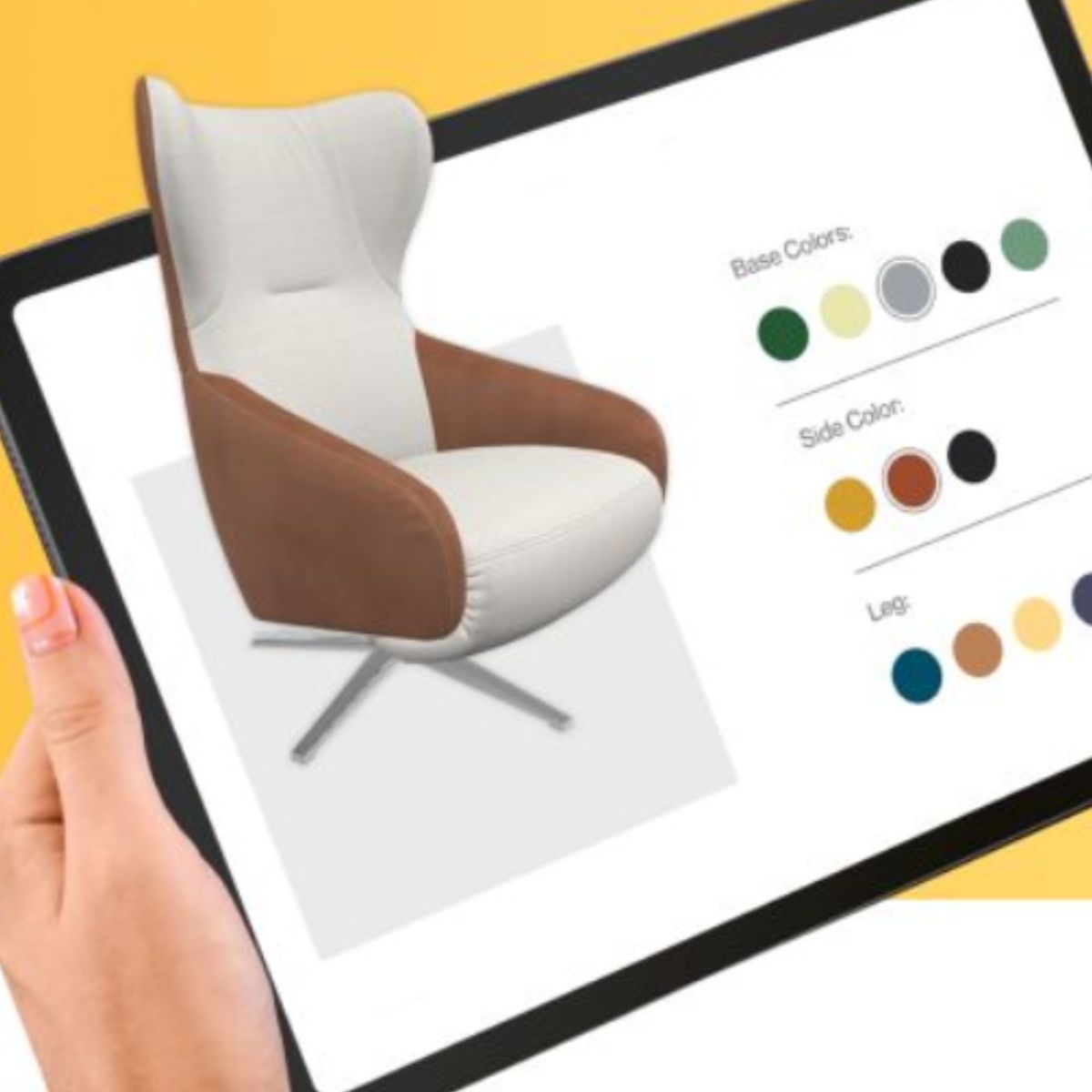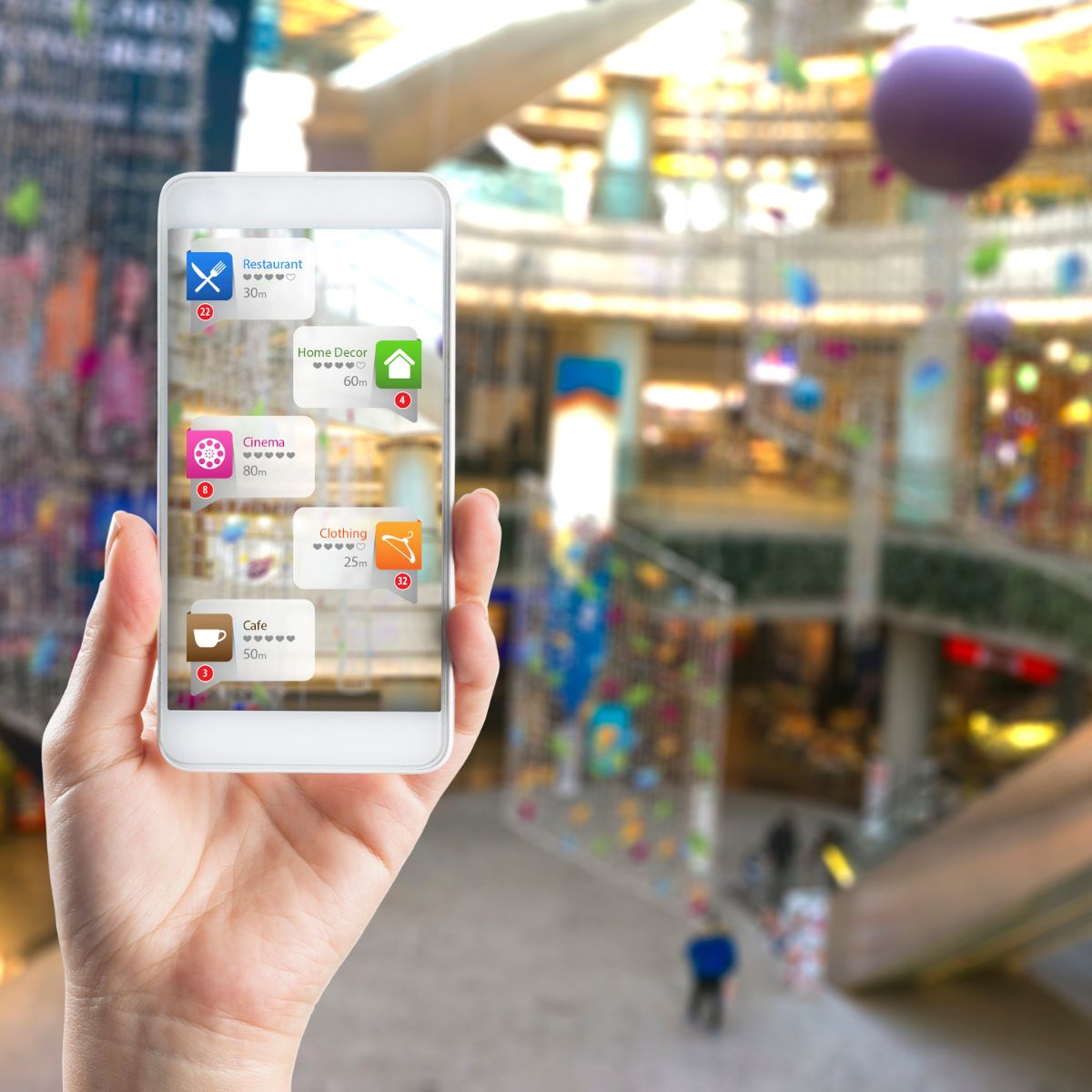The emergence of augmented reality shopping has transformed the retail industry, significantly influencing consumer behavior and sales dynamics. With technology driving modern consumerism, augmented reality in shopping provides businesses an exciting avenue to enhance their sales figures.
 Impact of AR on the Shopping Experience
Impact of AR on the Shopping Experience
AR has revolutionized the shopping experience, offering customers an immersive and interactive way to engage with products. Explore the profound impact of AR on enhancing the overall shopping experience and driving sales conversion rates.
Crafting Immersive Shopping Experiences
One of the critical components that make AR for shopping a game-changer is the immersive experience it offers to consumers. The technology allows customers to visualize products in their environment or interact with them in real-time, crafting a personalized and exciting shopping experience.
Research indicates that an immersive AR shopping experience can boost purchase conversion rates. The ability to interact virtually with products before buying increases consumer confidence and induces them to complete the purchase, thereby augmenting sales.
The Power of 3D Product Configuration
Incorporating a 3D product configurator in augmented reality shopping is a potent strategy to enhance sales. This tool offers customers the liberty to customize products as per their preferences, giving them a sense of personal investment in the product.
Product configurator software lets consumers visualize the final look of their product, further fueling their purchase intent. Practical utilization of such software includes offering multiple customization options and ensuring smooth interface functionality.
AR’s Influence on Return Rates & Customer Satisfaction
Augmented reality (AR) technology has a profound impact on return rates and customer satisfaction, two critical factors in driving sales growth. Discover how augmented reality reduces return rates and enhances customer satisfaction to boost your business’s success.
Reduction in Return Rates
The integration of augmented reality technology has proven to be a powerful tool in reducing return rates, leading to a substantial improvement in overall sales. Allowing customers to virtually experience products before making a purchase, the likelihood of returns diminishes significantly. This is particularly beneficial when considering factors such as size or fit, which are common reasons for returns.
Through the implementation of this technology, businesses can provide virtual try-ons, enabling customers to visualize how a product will look or fit in real life. By addressing these concerns in advance, the need for returns is minimized, resulting in increased customer satisfaction and reduced operational costs for businesses.
AR Enhancing Customer Satisfaction
In addition to reducing return rates, augmented reality has emerged as a driving force behind heightened customer satisfaction in the e-commerce industry. Augmented reality in e-commerce has significantly boosted customer satisfaction rates by providing a seamless and immersive shopping experience, leaving them more satisfied with their purchases. To enhance customer satisfaction further, businesses can employ various strategies when incorporating augmented reality into their platforms.
Firstly, offering an engaging user interface that is intuitive and easy to navigate ensures a positive shopping experience. This includes providing clear instructions and user-friendly controls to manipulate virtual products. Secondly, presenting high-quality and realistic virtual previews of products through augmented reality allows customers to make more informed decisions and feel confident about their choices. Through combining these strategies, businesses can create a customer-centric approach that fosters satisfaction and cultivates long-term relationships with their clientele.
 Role of AR in Customer Engagement & Brand Loyalty
Role of AR in Customer Engagement & Brand Loyalty
Customer engagement and brand loyalty are essential for sustainable sales growth. Learn how augmented reality (AR) plays a pivotal role in captivating customers, fostering engagement, and building long-term brand loyalty.
AR for Customer Engagement
In the realm of e-commerce, creating an engaging shopping experience is essential in guiding customers along their journey. AR for e-commerce acts as an engaging tool that hooks customers and extends their interaction time with the brand, indirectly increasing the chance of sales conversion.
To enhance customer engagement through augmented reality, businesses should provide interesting and interactive features. For example, offering a virtual shop tour allows customers to explore and interact with products in a dynamic and immersive environment. This not only grabs their attention but also keeps them engaged for a longer duration.
Additionally, incorporating a virtual try-on feature enables customers to visualize how products will look or fit, further deepening their engagement with the brand. Leveraging such AR features, businesses can create memorable and interactive experiences that entice customers to stay connected and explore their offerings.
Fostering Brand Loyalty through AR
Moreover, augmented reality shopping plays a significant role in fostering brand loyalty. When customers consistently have positive and satisfying shopping experiences, they develop a sense of trust and affinity towards the brand. By providing an immersive and engaging environment, AR facilitates a seamless and enjoyable shopping journey, leaving a lasting impression on customers. Building brand loyalty through augmented reality is an investment in long-term customer relationships, paving the way for sustainable sales growth and repeat business.
 Key Considerations for AR Shopping Strategy Implementation
Key Considerations for AR Shopping Strategy Implementation
To leverage the full potential of AR, businesses need to consider the following factors.
Customer Shopping Behaviors
To develop a successful augmented reality shopping strategy, it is crucial for businesses to have a deep understanding of customer shopping behaviors. This entails analyzing the target demographic’s level of tech-savviness, their shopping preferences, and the common pain points they encounter.
Gaining insights into these factors, businesses can tailor their shopping experience to effectively cater to their customers’ needs and expectations. For example, if the target demographic consists of tech-savvy individuals who value convenience, integrating features like voice commands or gesture-based interactions within the AR experience can enhance their engagement and satisfaction.
Estimating Potential ROI
Investing in this technology requires careful consideration of potential return on investment (ROI). While implementing it may come with a significant cost, businesses should evaluate the potential benefits it can bring. This involves estimating the projected increase in sales resulting from an enhanced shopping experience, calculating the potential reduction in return rates through virtual try-ons, and predicting the improvement in customer satisfaction and loyalty. Through conducting a thorough ROI analysis, businesses can make informed decisions about the implementation of augmented reality and ensure that the investment aligns with their strategic goals.
Ensuring Device Compatibility
To provide a seamless AR shopping experience, businesses must ensure compatibility across various devices and operating systems. With customers utilizing different platforms, such as Shopify product customizer or a WordPress product configurator, it is essential to optimize the AR technology to work seamlessly across these environments.
This may involve partnering with technology providers that offer cross-platform support or developing custom solutions that are compatible with a wide range of devices. In prioritizing device compatibility, businesses can ensure that customers can access and enjoy the AR shopping experience regardless of the device or operating system they use, thus maximizing engagement and conversion rates.
The integration of augmented reality in e-commerce has shown promising results in sales enhancement. Whether it is through providing immersive shopping experiences or reducing return rates, AR has emerged as a potent tool for sales augmentation. By understanding customer behaviors, gauging potential ROI, and ensuring device compatibility, businesses can harness the power of AR to turbocharge their sales figures. It’s an exciting era for retail, and the potential of AR is just beginning to be uncovered.